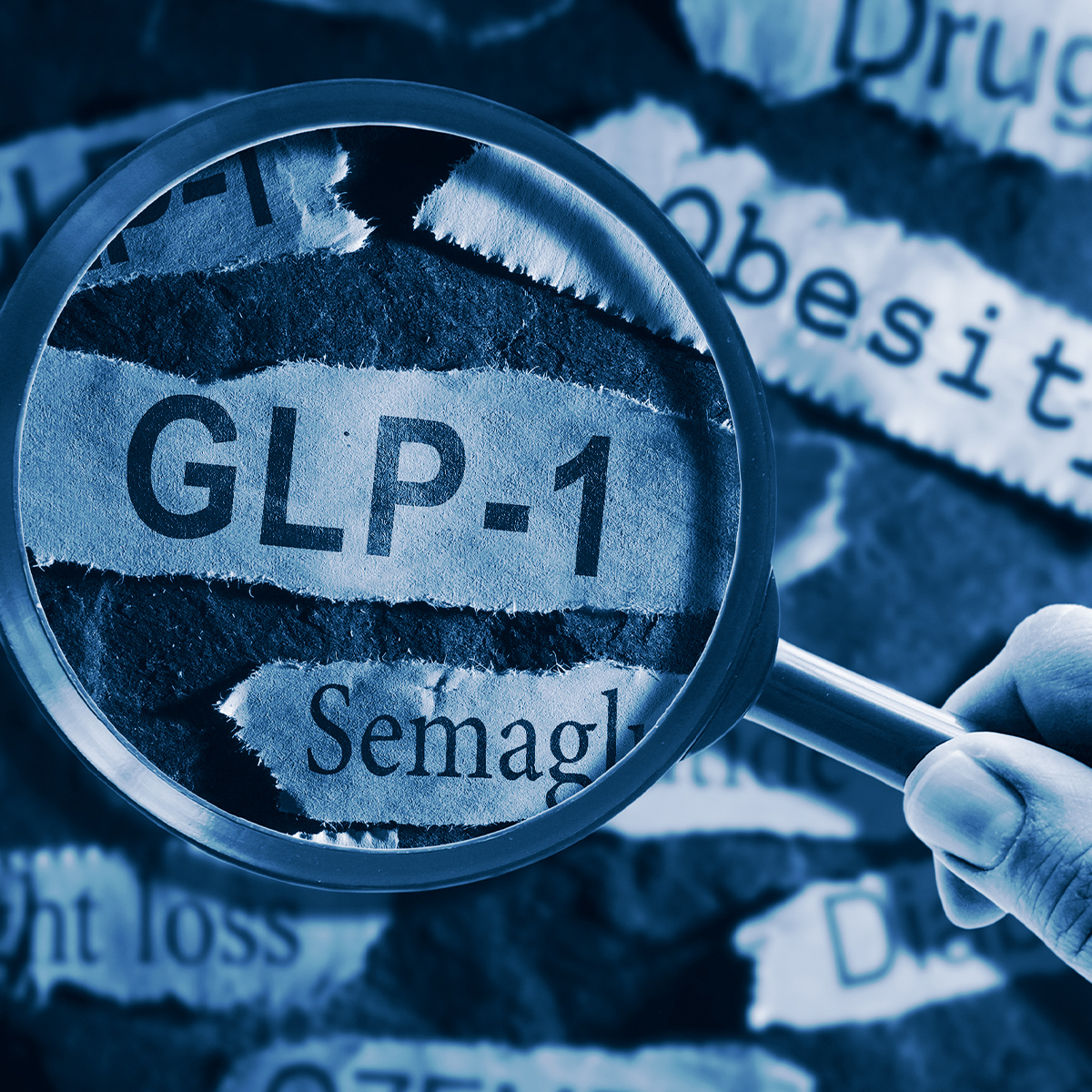-
Property & Casualty
Property & Casualty Overview

Property & Casualty
We offer a full range of reinsurance products and the expertise of our talented reinsurance team.
Expertise
Publication
Florida Property Tort Reforms – Evolving Conditions
Publication
Is Human Trafficking the Next Big Liability Exposure for Insurers?
Publication
When Likes Turn to Lawsuits – Social Media Addiction and the Insurance Fallout
Publication
Generative Artificial Intelligence and Its Implications for Weather and Climate Risk Management in Insurance
Publication
Engineered Stone – A Real Emergence of Silicosis
Publication
Who’s Really Behind That Lawsuit? – Claims Handling Challenges From Third-Party Litigation Funding -
Life & Health
Life & Health Overview

Life & Health
We offer a full range of reinsurance products and the expertise of our talented reinsurance team.

Publication
Understanding Physician Contracts When Underwriting Disability Insurance
Publication
Voice Analytics – Insurance Industry Applications [Webinar]
Publication
GLP-1 Receptor Agonists – From Evolution to Revolution U.S. Industry Events
U.S. Industry Events
Publication
Always On: Understanding New Age Addictions and Their Implications for Disability Insurance
Publication
Dying Gracefully – Legal, Ethical, and Insurance Perspectives on Medical Assistance in Dying -
Knowledge Center
Knowledge Center Overview

Knowledge Center
Our global experts share their insights on insurance industry topics.
Trending Topics -
About Us
About Us OverviewCorporate Information

Meet Gen Re
Gen Re delivers reinsurance solutions to the Life & Health and Property & Casualty insurance industries.
- Careers Careers
Are Functional Neurological Symptoms the “Great Deceivers”?

September 14, 2017
Dr. Chris Ball
English
Neurological symptoms that lack an underlying structural abnormality cause significant distress and disability for those who experience them. Investigation and management consume large amounts of clinical resources. For insurers, neurological symptoms that remain unexplained by conventional medical investigations are a source of anxiety. While there is extensive guidance on managing risk in specific diagnoses, there is little when the patients’ experiences do not have a formal label.
The biggest worry is that these symptoms herald a terrible disease with an awful prognosis that has yet to be diagnosed. Despite stories reporting delayed diagnoses in the media, such cases are fortunately rare. Today widespread use of brain scanning is more likely to reveal findings of dubious significance. The tone was set by Eliot Slater’s influential research that followed patients diagnosed with hysteria for ten years. Half developed neurological disorders that could have explained the original symptoms, leading Slater to conclude that hysteria is but a “delusion and a snare."1
So why does a doctor's diagnosis change over time? Most simply, the doctor gets it wrong at first. The evidence can be found in the history, examination and investigation but the right diagnosis is not considered. Or more frequently, additional information leads to confirmation of a particular diagnosis. Symptoms often point to several possibilities (a differential diagnosis), one of which will eventually be confirmed. Sometimes there is a refinement with more information; for example, epilepsy becomes juvenile myoclonic epilepsy. There are times early symptoms resolve into a specific diagnosis, such as when an anxiety disorder eventually resolves into dementia.
Sometimes doctors may disagree on the diagnosis and a case could be made either way. While some change their minds with new information, another sticks to his or her guns. What cannot be legislated for is that a new disease begins of which there was no indication at initial assessment. In only the first of these cases, where the evidence can be found in the history, has the doctor made an error.2
When you apply this kind of thinking to unexplained neurological symptoms, Slater’s assertion looks very different. Following 1,144 patients with symptoms “not at all” or “somewhat” explained by organic disease Stone et al. (2009) reported that only 0.4% had a diagnostic revision with an organic cause that was plausibly linked to their symptoms.3 Reviewing the modern follow-up studies as a prelude to this work Stone (2005) reported that approximately 4% of the sample underwent diagnostic revision. The improvement in outcome has less to do with the availability of sophisticated technology, as might be supposed, than the care with which diagnoses are made.4
It would be prudent for an underwriter to delay any decision until all investigations are concluded. Once a diagnosis of functional neurological symptoms has been made in a careful and considered manner, the likelihood of an organic illness emerging to explain these problems is very small.
Endnotes
- Slater ET, Glithero E. A follow-up of patients diagnosed as suffering from "hysteria". Journal of Psychosomatic Research. 1965; 9: 9-13.
- Stone J, et al. Symptoms 'unexplained by organic disease' in 1144 new neurology out-patients: how often does the diagnosis change at follow-up? Brain. 2009: 132; 2878-2888.
- Ibid.
- Stone J, et al. Systematic review of misdiagnosis of conversion symptoms and "hysteria". Br Med J 2005; 331: 989.





